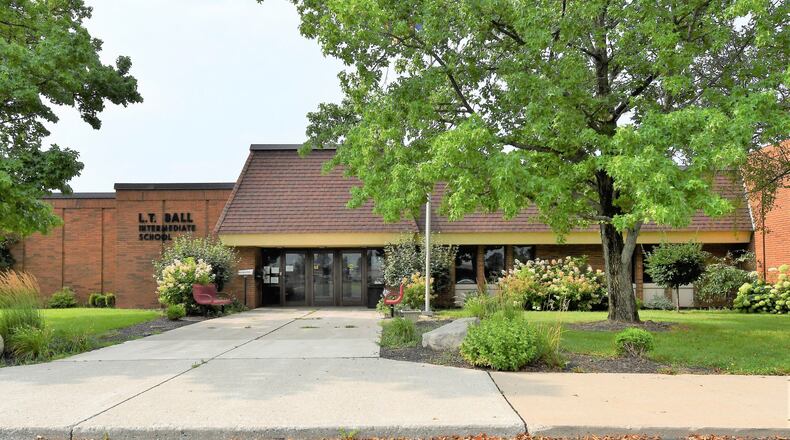Notices were sent earlier that day to three vendors seeking requests for proposals for the proposed renovations at the L.T. Ball Intermediate School (grades four and five) and the Middle School (grades six-eight), said Gary Pfister, district director of services.
The estimated cost of renovations is $7 million. The work, if approved, would be done over two summers, starting this year. Among work discussed would be roofs, HVAC updates, electrical, fire alarms and security upgrades. Interior changes to better meet educational needs are among proposals for the L.T. Ball building.
The money would be paid from the district’s permanent improvement levy income versus a bond issue or other request for new dollars. The district would borrow against the levy income and repay over 25 years at $420,000 a year.
The permanent improvement levy that generates around $689,000 annually is expected to be placed before district voters in November with a request for the levy to be continuing versus up for renewal every five years.
A price comparison between renovations and new construction of the 167,000 square feet offered in those buildings showed the renovation costs at $7 million with a facility lifespan of 30 years and new construction at $41 million with a 60-year lifespan. The numbers were described as “good faith rough estimates.”
The March 12 meeting followed a Feb. 20 community engagement session during which participants were asked to provide feedback on proposals. The response to the renovations proposal was positive, Pfister said.
The response also indicated strong interest in the potential construction of the new elementary school to replace Nevin Coppock and Broadway schools for prekindergarten through third grades. A 2016 bond issue request was defeated soundly by voters. “That need remains and, if anything, has gotten worse,” Pfister said.
The new school would be discussed more during the next community engagement meeting being planned for April, said Superintendent Gretta Kumpf. A date had not been released.
Among topics to be discussed would be the best location for a building and whether the district would attempt to use state facilities construction dollars or pay for a project 100 percent locally.
About the Author
